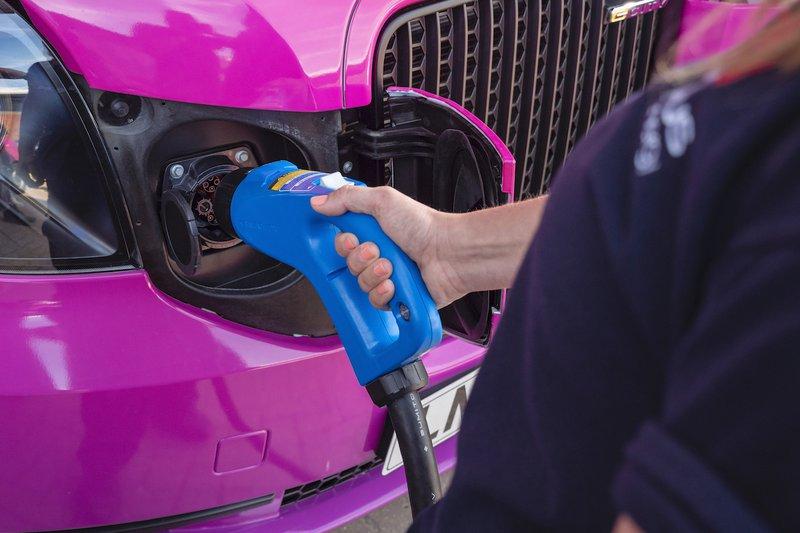
Octopus Energy Group and National Grid ESO have announced the first successful integration of vehicle-to-grid (V2G) technology for the first time in the UK.
Using a test environment of the Balancing Mechanism, National Grid ESO’s primary tool to balance the UK’s electricity system in real-time, the companies showed that electric vehicles (EVs) could receive a direct signal from the ESO to support system balancing.
According to the partners, this marks a ‘major turning point’ in electricity supply, and could see consumers balancing the national transmission system through their EVs in the future.
“This is a real ‘line in the sand’ moment for V2G tech,” said Claire Miller, Director of Technology and Innovation at Octopus Electric Vehicles. “We have shown that this technology is capable of helping to balance our future, green grid, to the benefit of people and the planet.”
V2G technology
EVs have long been seen as a prominent solution to decarbonising road transport, however they will inevitably put new demands on our power network. In recent years, increasing research has been conducted into developing and improving V2G technologies, which could enable millions of EV batteries to become a vital part of a nation’s energy system.
One project at the forefront of this effort is Vehicle to Grid Britain (V2GB), which has been looking at the best ways to incentivise a rapid rollout of V2G technology in the UK since 2018. At its inception, the initiative was one of 21 projects sharing some £30 million of government funding to make the UK a world leader in low-carbon vehicles.
Backing the potential of the technology, several high-profile car brands, such as Hyundai and Volkswagen, have committed to including V2G technology in their new EVs.
Demonstrating a future role for EVs
In their bid to demonstrate the viability of V2G technology within the UK, Octopus Energy Group and National Grid ESO worked together to integrate V2G into a test environment of the Balancing Mechanism.
Octopus conducted a series of initial test runs in August 2022, for which the batteries of up to 20 electric cars were charged and discharged from participating customers at times of grid imbalance. According to the partners, the tests demonstrated that one hour of a million EVs exporting to the grid could generate the same amount of power as 5,500 onshore wind turbines.
“We’ve proved what is possible with the technology and cars that are currently on the market, and this is only going to grow,” said Miller. “Soon we will have millions of electric cars sitting on driveways capable of storing and exporting green energy back to the grid when it needs it most – and once the vehicle to grid proposition is ready to be launched, these cars will help to support our renewables expansion and taking us a huge step closer to net zero.”
Octopus Energy’s electric vehicles arm conducted further analysis which suggested that if the trial results were extrapolated across a whole year, the EVs could realise a profit of around £62 million per year, whilst achieving grid balancing cost reductions. In terms of customer benefits, further analysis showed customers could realise a potential saving of up to £840 per year compared to unscheduled charging on a flat rate tariff.
“Vehicle-to-grid technology opens the door for everyone to engage in our electricity system, in a way that we can all benefit from,” said Jake Rigg, Corporate Affairs Director at National Grid ESO. “The next steps for us are to take these learnings and work with industry on how we develop and deploy a balancing mechanism service for V2G.
“The trial findings will also influence future innovation projects, including the CrowdFlex project we are currently developing with industry, to establish additional routes for consumer engagement in electricity networks.”

















